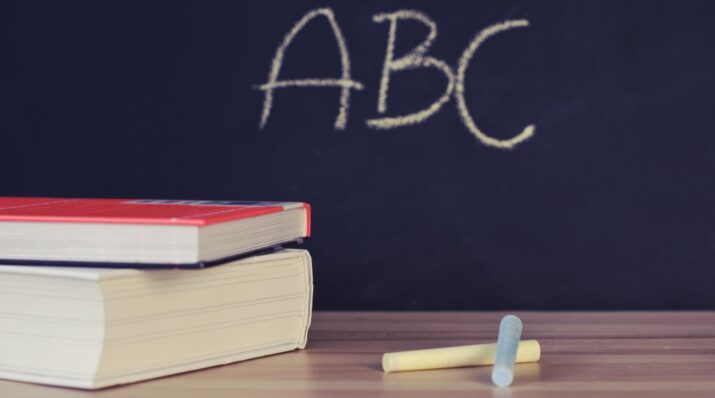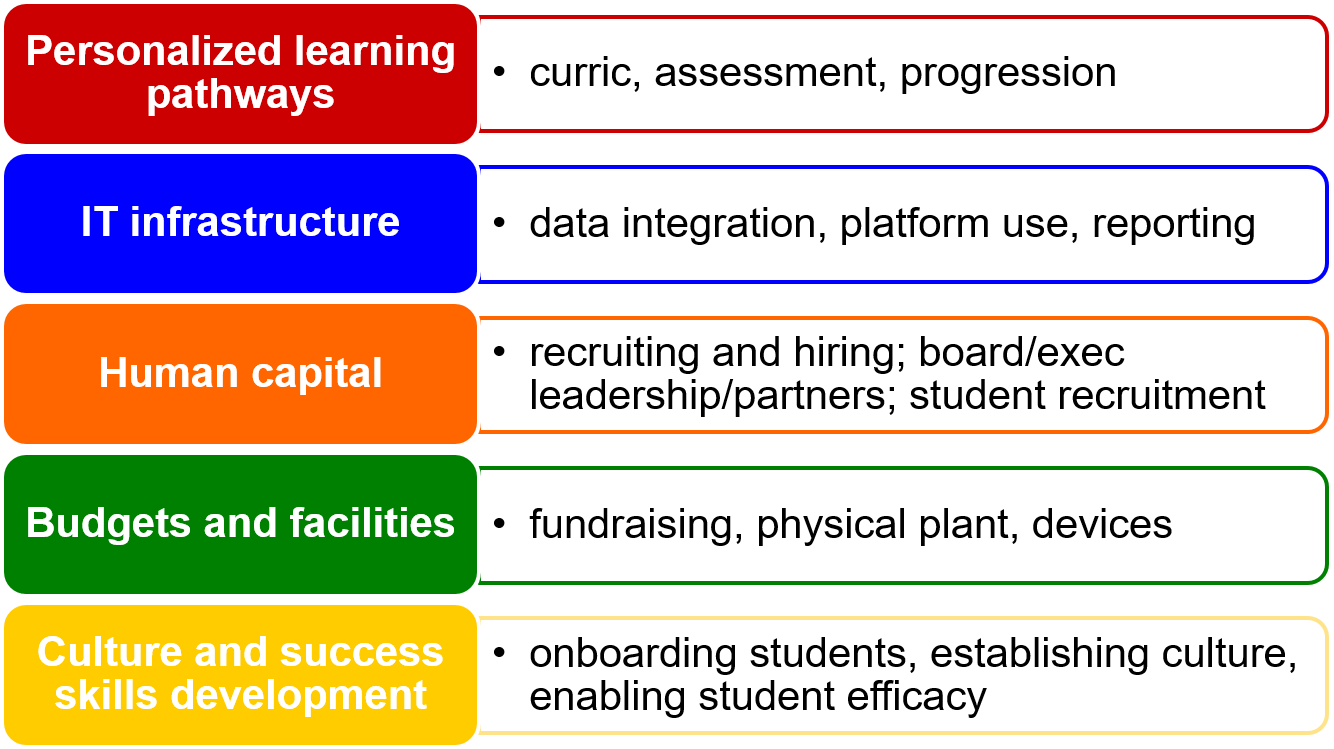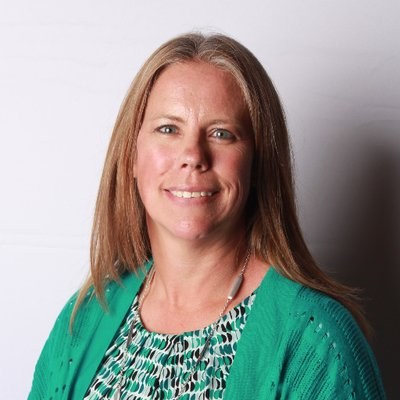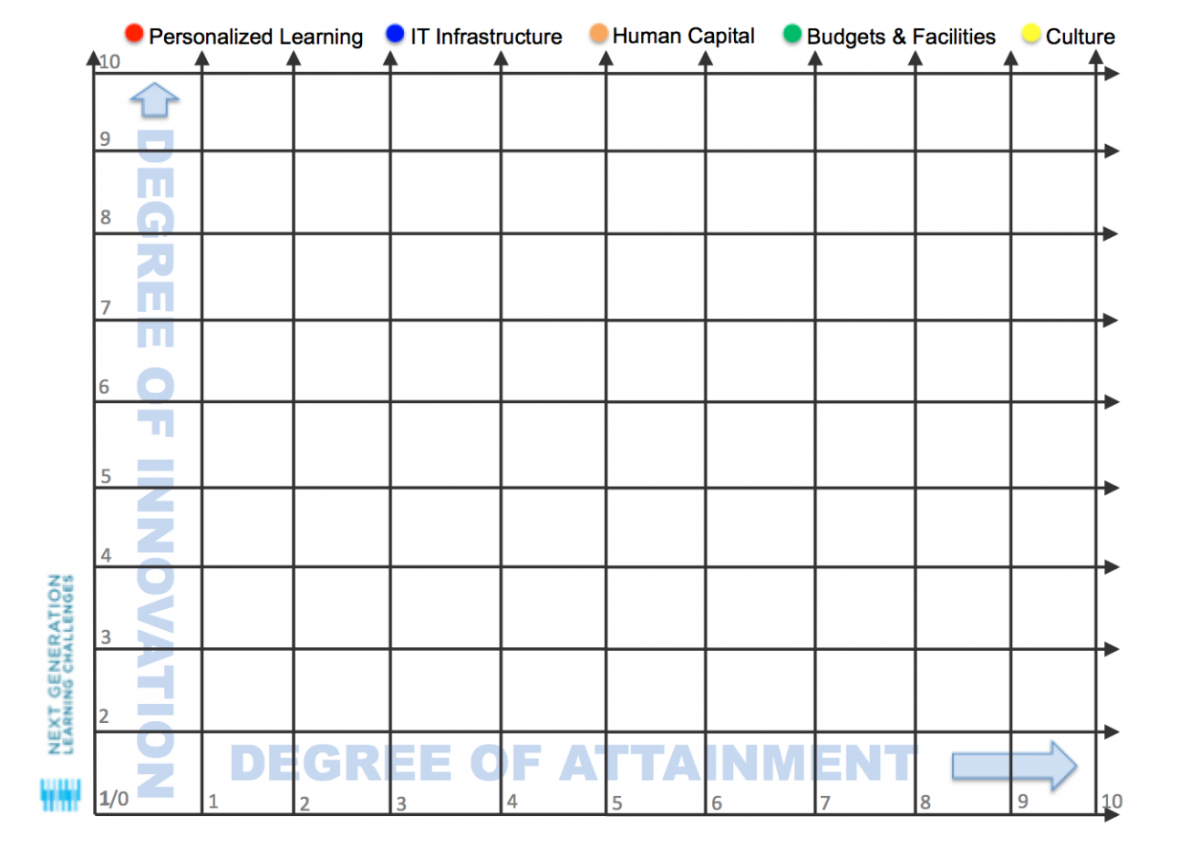New Designs for School
Going Bold with Next Gen School Design: Measuring Attainment vs. Innovation
Topics

We’ve all had the experience of truly purposeful, authentic learning and know how valuable it is. Educators are taking the best of what we know about learning, student support, effective instruction, and interpersonal skill-building to completely reimagine schools so that students experience that kind of purposeful learning all day, every day.
How to measure your current level of attainment along five elements of next gen school design and predict your future level of innovation.

This spring, my superintendent and I were fortunate to be guests of Hobson’s at the ASU GSV Summit in San Diego, California. We attended an incredible session led by NGLC’s Andy Calkins and Getting Smart’s Tom Vander Ark. During the workshop, High Velocity Design: A Next Gen Learning SuperLab, we learned from recipients of NGLC grants. They had us use this grid to measure our current level of attainment and to predict our five-year future level of innovation on five factors:
- Personalized Learning
- IT Infrastructure
- Human Capital
- Budget and Facilities
- Culture
Here’s how you can use this grid for prompting conversations in your own district!
Directions:
- On the first vertical line, put a mark for your current degree of attainment of that factor. For instance, our district is just starting out with Personalized Learning. I might mark it at a 2.
- On the second vertical line, predict where your district will be in five years and place a marker there. Our district is committed to Personalized Learning, has aligned resources for it, has structured 10 pilot classrooms, and has a scaling plan. I would mark that as an 8 for our future level of innovation.
- Draw a line, connecting your two marks for that indicator, to chart your implementation slope.
- Repeat for each factor, including IT Infrastructure, Human Capital, Budget and Facilities, and Culture.
- Discuss.
Here’s what I learned during the discussion I had with my superintendent:
- We had different perceptions of our current level of attainment. The superintendent saw different evidence of attainment in all categories. She was more broad in her definitions of the factors and was able to articulate the progress that the district had made in each factor. I had a more narrow lens and a very specific definition of each factor.
- We were aligned with our vision of future level of innovation! Regardless of where we marked our district’s starting point, our path for innovation was clear in all areas.
- Taking time to discuss innovation in broad categories led to thoughtful, strategic conversations. We were able to identify areas of success and areas for continued effort.
How you can use this tool with your leadership team:
- Repeat the activity to spark conversation, analysis, and dialogue.
- Have principals complete the same activity with their school improvement teams. They can even change the factors to make it more relevant to their context.
- Track your progress. Put a date on your chart and save it. Look back at it in a few years and see how far you have come!





